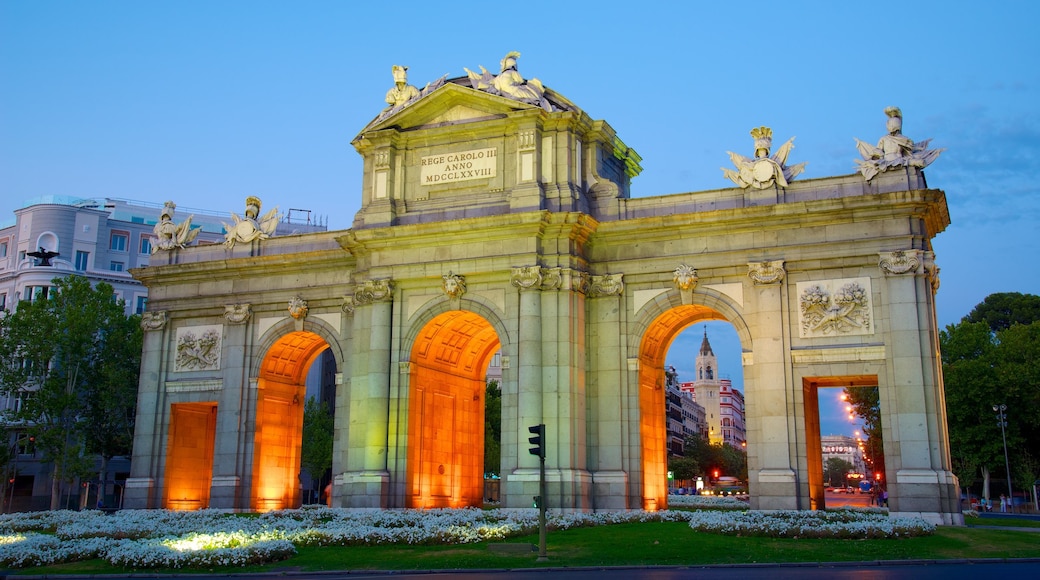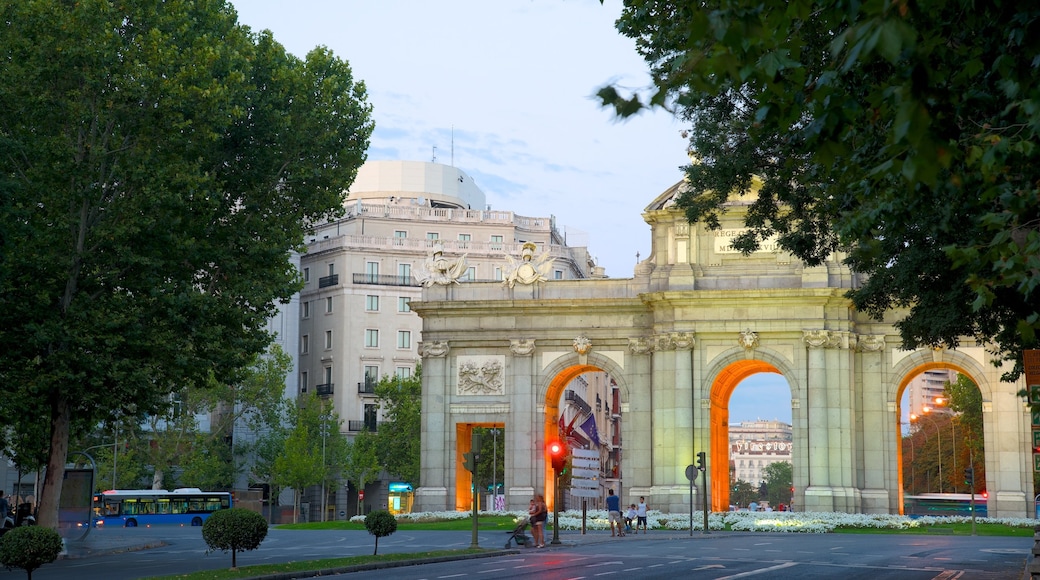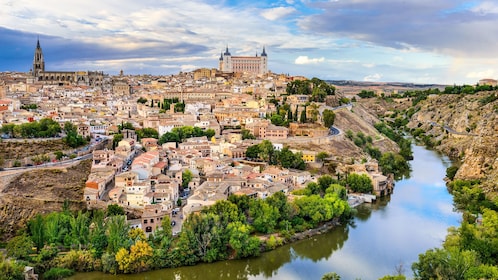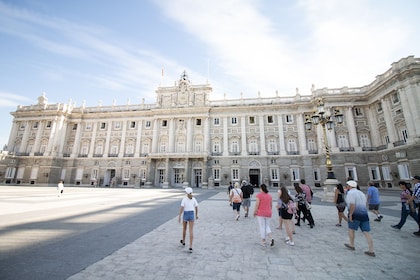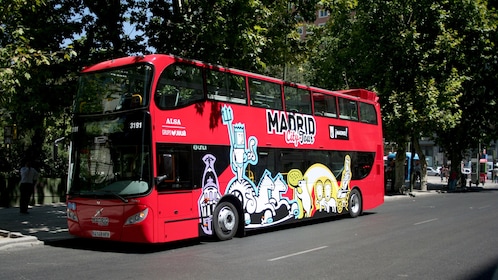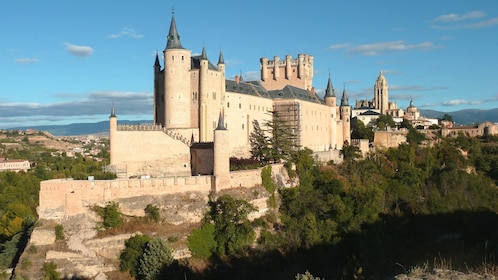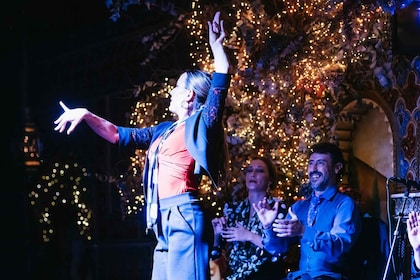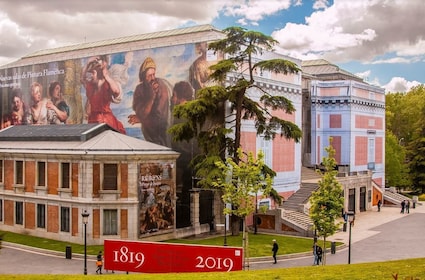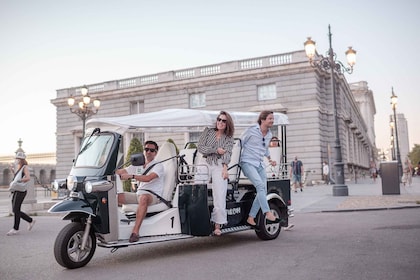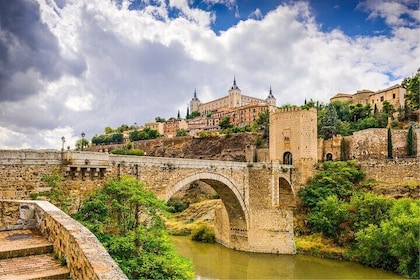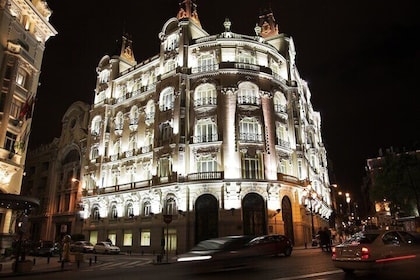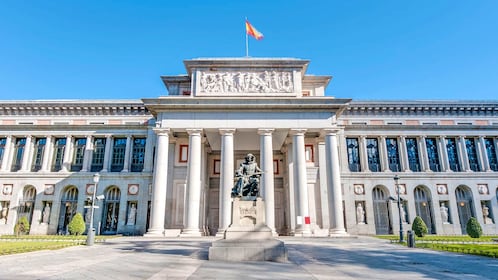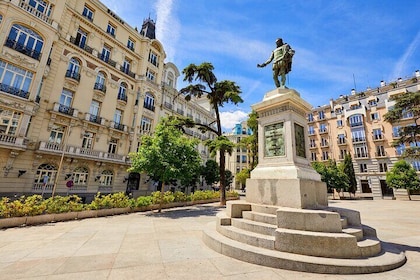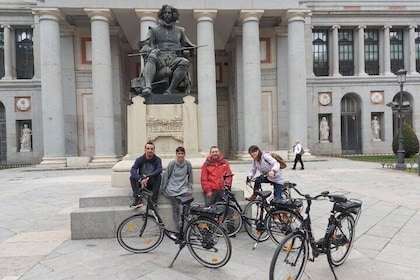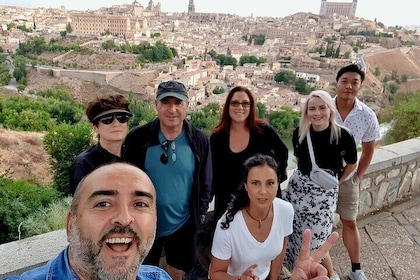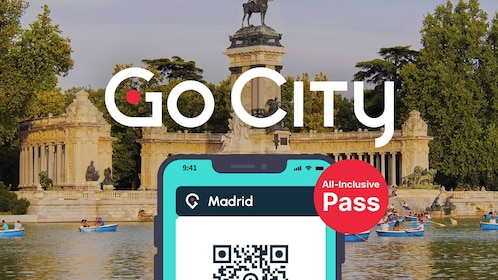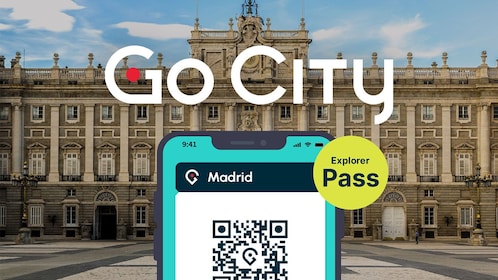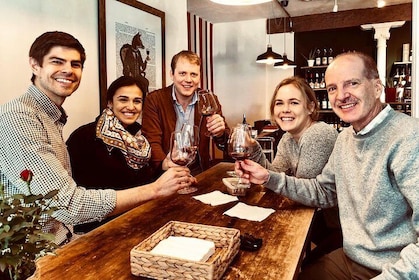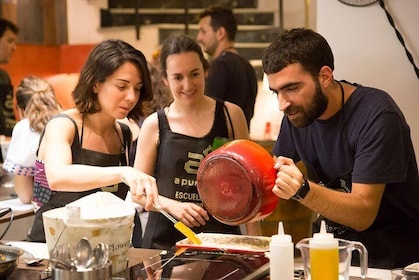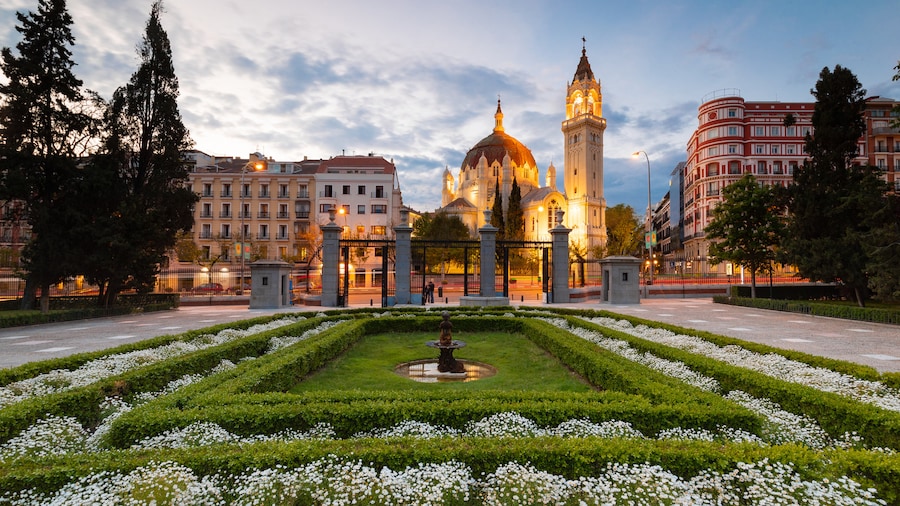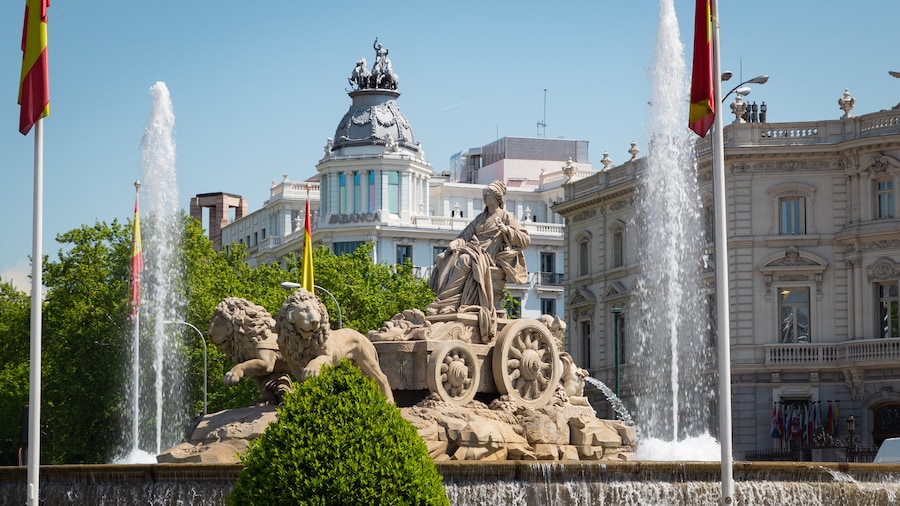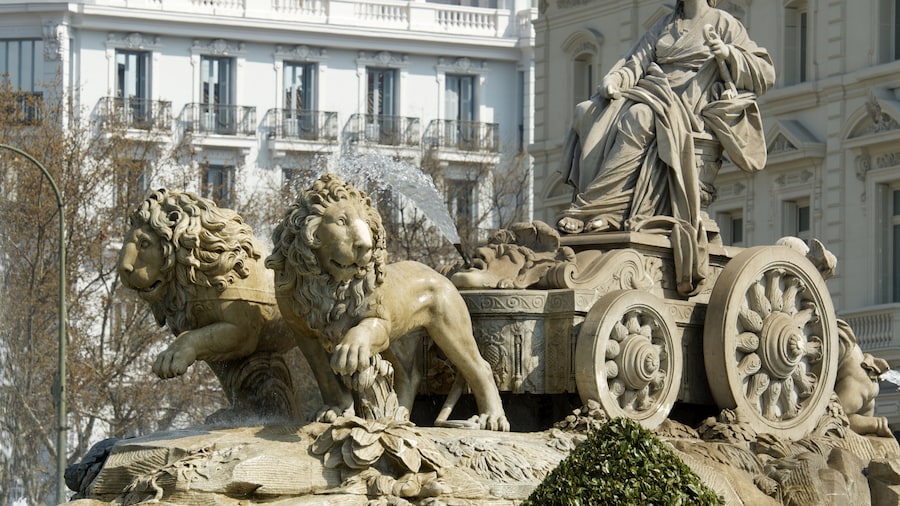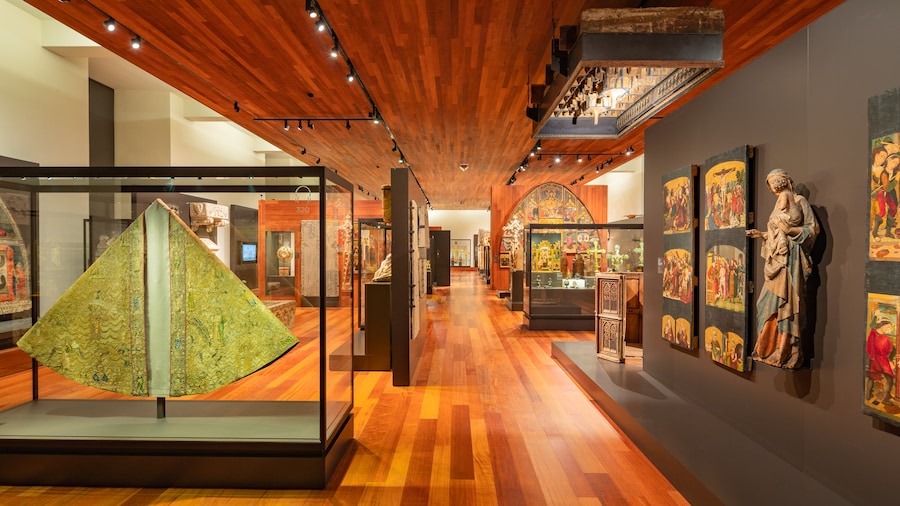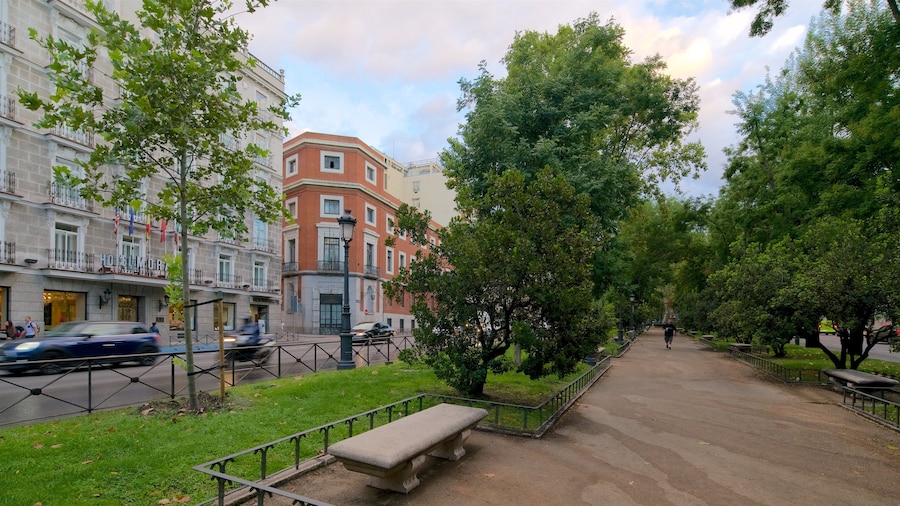Marking the point where old Madrid started, this impressive gateway remains a part of Madrid's heritage. Wars, rebellion and assassinations have all left their mark.
It may be hard to believe – given the miles of Madrid's suburbs stretching east from the Puerta de Alcalá – but this ornate and symbolic gateway was once where the city ended, and the fields started. That was before the 17th century, when Madrid still had its ancient walls, and when the road from Alcalá entered the city here. But the original medieval gateway was not to the liking of one of its regal users. When King Charles III entered Madrid in 1759, for his coronation, he was not impressed. He wanted a grander city, and a more impressive entrance. The Puerta de Alcalá is the result.This design of this monumental 'entrance' was given to a famed Italian architect, Francesco Sabatini – and it shows. It consists of five arches, worked in a neoclassical style, and topped by six ornamental cherubic statues. The effect is certainly as flamboyant as Charles III wanted, and was inaugurated by him in 1778. Ever since, even as the city has grown up on both of its sides, it has remained a symbolic marker for Madrid 'proper'. It has also seen its fair share the city's history, over the last two centuries.In the War of Independence – which saw the Spanish trying to kick out their French 'guests' in the early 1800's – the marble façade was badly damaged by cannon shot. Some of the shrapnel marks can still be seen today. During the 1854 rebellion against the Isabella II, the Puerta de Alcalá was where the defeated nobleman Count of Villahermosa rode – carrying the bloodied spear of a rebel, in mock triumph. The madrileños nicknamed him 'Longinos' after the Roman soldier who pierced Christ's side with his side.And the Puerta was also the scene of an assassination of Spain's President of the Council of Ministers, in 1921, by three anarchists on a motor bike. Strange stories seem to stick to the Puerta de Alcalá, just like its ornamental cladding. None more strange, though, than the fact that – lying as it does on an ancient royal road, or cañada real – shepherds have the right to drive their flocks beneath its arches. Apparently this is one ancient right that hasn't been exercised recently.
